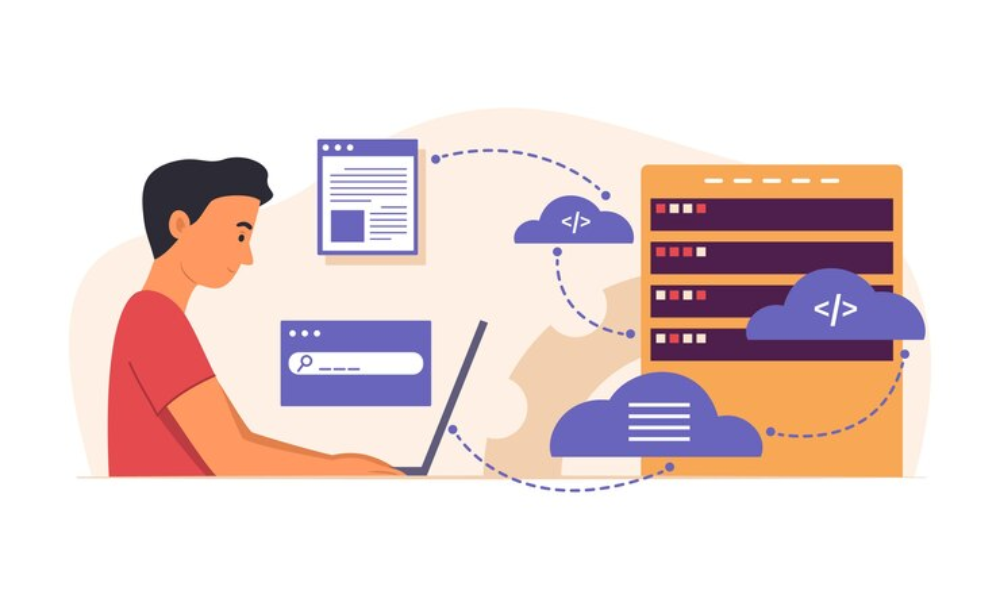Learning effectively is a challenge that students and professionals alike face in our information-rich world. With the vast amount of knowledge to absorb, the need for efficient study techniques has never been more critical.
One such powerful method is the Leitner system, a technique that has stood the test of time due to its simplicity and effectiveness.
Developed by the German science journalist Sebastian Leitner in the 1970s, this system leverages the principle of spaced repetition, a cognitive science-based approach to learning that significantly enhances long-term memory retention.
Understanding the Leitner System

The Leitner system is fundamentally a flashcard-based learning method, where study materials are organized into different levels of mastery, each represented by a “box.”
These boxes serve as categories that guide the frequency with which you review the material, depending on how well you have mastered it.
The Basic Structure:
At the core of the Leitner system are multiple boxes, typically five, though you can adjust this number based on your preferences. When you start learning a new piece of information, such as a vocabulary word, a historical date, or a scientific concept, it is placed in Box 1. This is where all new material begins its journey.
- Box 1: This is the starting point for all new information. Material in this box is reviewed daily to establish a strong initial memory trace.
- Box 2: If you recall the material correctly during review, it is moved to Box 2, where it is reviewed less frequently, perhaps every two or three days.
- Box 3: Successfully recalled material from Box 2 is moved here, and the review interval increases to once a week.
- Box 4: Material that reaches this box is reviewed even less frequently, such as every two weeks.
- Box 5: The final box, where material is reviewed perhaps once a month. At this stage, the information should be well embedded in your long-term memory.
If at any point you fail to recall the material during a review, it is moved back to Box 1, regardless of which box it was in. This process ensures that the information is reinforced until it is thoroughly memorized.
The Principle of Spaced Repetition:
The Leitner system is built on the principle of spaced repetition, a learning technique where information is reviewed at increasing intervals.
This method exploits the psychological spacing effect, where material is more likely to be remembered when it is revisited after some time has passed, rather than cramming all at once.
Spaced repetition counters the natural tendency to forget information over time, known as the forgetting curve. By strategically reviewing material just before you are likely to forget it, the Leitner system helps to push the information into long-term memory.
The intervals between reviews are gradually extended as the material becomes more familiar, which maximizes retention while minimizing study time.
Benefits of the Leitner System

The Leitner system is not just another study technique; it offers a multitude of benefits that cater to different learning needs and styles.
Improved Retention:
The primary advantage of the Leitner system is its ability to enhance long-term memory retention. By incorporating spaced repetition, it ensures that you revisit material at optimal intervals, reinforcing the neural connections that store the information in your brain.
Studies have shown that spaced repetition is one of the most effective methods for combating the forgetting curve, making the Leitner system a powerful tool for retaining knowledge over extended periods.
Efficient Use of Study Time:
The Leitner system helps you prioritize your study efforts by focusing on material that needs the most attention. Instead of wasting time on information you already know well, the system directs you to review items that are more challenging, ensuring that your study sessions are productive and efficient. This targeted approach means that you can achieve better results in less time.
Increased Motivation:
The Leitner system is inherently motivating because it provides a clear sense of progress. Moving a flashcard from Box 1 to Box 5 is a tangible achievement, offering a psychological reward that encourages continued practice. This sense of progression helps maintain your motivation, which is essential for consistent study habits and long-term success.
Adaptability Across Subjects:
One of the strengths of the Leitner system is its versatility. It can be applied to virtually any subject or type of material, from learning a new language to mastering complex scientific theories. Whether you’re preparing for an exam, learning a musical instrument, or acquiring a new skill, the Leitner system can be adapted to meet your specific needs.
Customization and Flexibility:
The Leitner system is not rigid; it can be customized to fit your individual learning style. You can adjust the number of boxes, the frequency of reviews, and even the type of materials you use, whether physical flashcards or digital tools. This flexibility makes it suitable for learners of all ages and backgrounds.
Implementing the Leitner System

Implementing the Leitner system is straightforward, but it requires consistency and dedication. Here’s how you can get started:
Gather Your Study Materials:
Start by collecting the materials you need to learn. These could be flashcards, notes, textbook chapters, or any other type of study aids. If you’re using flashcards, ensure each card has a question or prompt on one side and the answer or explanation on the other.
Set Up Your Box System:
Create a series of boxes, either physically with actual containers or digitally using a flashcard app that supports spaced repetition (such as Anki or Quizlet). Label these boxes from 1 to 5 (or more, depending on your preference). You can start with a simple setup and expand it as you become more comfortable with the system.
Establish a Review Schedule:
Consistency is key to the success of the Leitner system. Set up a regular review schedule that aligns with the principles of spaced repetition. For example:
- Review Box 1 daily.
- Review Box 2 every two or three days.
- Review Box 3 once a week.
- Review Box 4 every two weeks.
- Review Box 5 once a month.
Adjust these intervals based on your progress and the complexity of the material.
Track Your Progress:
As you review the material, move the cards through the boxes based on your ability to recall the information. If you remember the content correctly, move it to the next box. If you struggle, move it back to Box 1. This tracking system helps you focus on areas that need more reinforcement, ensuring that no gaps in your knowledge are left unaddressed.
Stay Consistent and Adapt:
The Leitner system requires regular practice and adjustments. If you find that certain material is still challenging even after multiple reviews, consider breaking it down into smaller parts or seeking additional resources to aid your understanding. The key to success is to stay consistent with your review schedule and adapt the system to fit your evolving learning needs.
Practical Applications of the Leitner System

The Leitner system is not just for students; it has practical applications across various fields and professions.
Language Learning:
The Leitner system is particularly effective for language learning, where vocabulary acquisition is critical. By organizing vocabulary flashcards into different boxes based on mastery, learners can efficiently build and retain a robust vocabulary. This method is especially useful for preparing for language proficiency exams, where a vast lexicon is essential.
Professional Development:
In professional settings, the Leitner system can be used to master new skills or knowledge required for career advancement. Whether you’re learning new software, studying for a certification, or keeping up with industry developments, the system can help you retain information more effectively, ensuring that you stay ahead in your field.
Academic Preparation:
Students preparing for exams, whether in high school, college, or graduate school, can benefit immensely from the Leitner system. It offers a structured approach to studying large volumes of material, ensuring that critical information is reviewed at the right intervals to maximize retention.
Lifelong Learning:
For lifelong learners, the Leitner system offers a way to continuously acquire and retain new knowledge. Whether you’re learning a new hobby, exploring new topics, or keeping your mind sharp as you age, the system provides a scalable and effective method to support ongoing learning.
Conclusion: The Leitner System as a Lifelong Learning Tool
The Leitner system is more than just a study technique; it’s a powerful tool that can enhance your ability to learn, retain, and apply knowledge across various domains of life.
Its effectiveness lies in its simplicity and adaptability, making it accessible to learners of all levels.
By incorporating the Leitner system into your study routine, you can optimize your learning process, boost your memory retention, and ultimately achieve your academic and professional goals.
The key to success with the Leitner system is consistency, diligence, and a willingness to adapt the method to your unique learning needs. As you progress, you’ll find that this system not only helps you master your current subjects but also fosters a lifelong love for learning and personal growth.









